What Does Parenting Look Like in Nature?
Ever wondered what parenthood looks like when it comes to the animal kingdom? From mouthbrooding to live births, parenting takes many different forms depending on the species. Here are a few interesting examples among the animals you might see on your next Aquarium visit:
Box Turtles
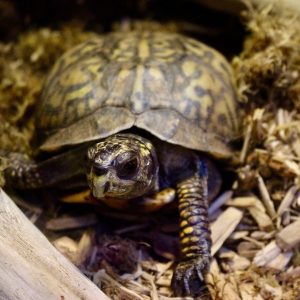
///
Black-Naped Fruit Doves
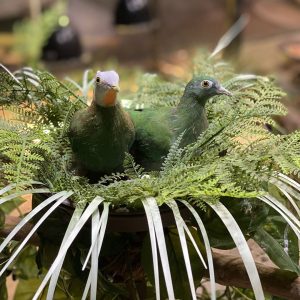
///
Surinam Toads
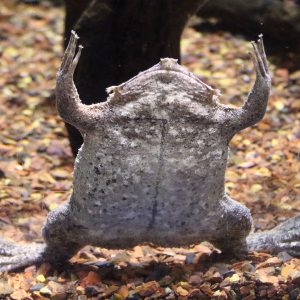
///
Cichlids
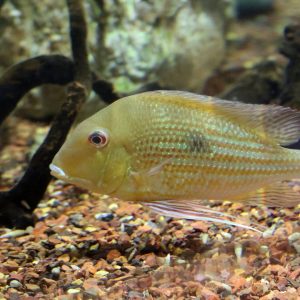
///
Stingrays
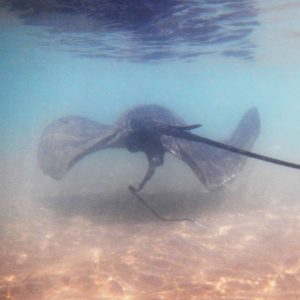
///
SHELL-ebrate the curious moms and dads in your life at Greater Cleveland Aquarium during Mother’s Day Weekend and Father’s Day Weekend.
For more fun, parent-themed animal facts, check out the video below:

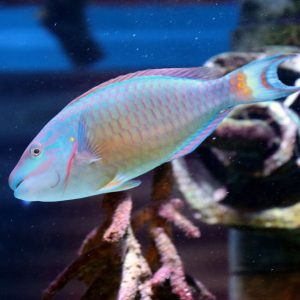
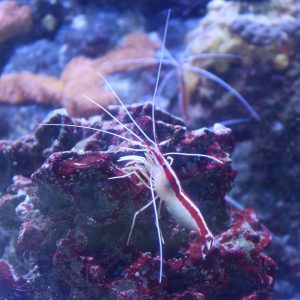
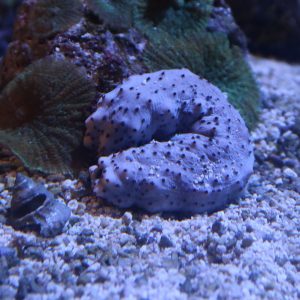
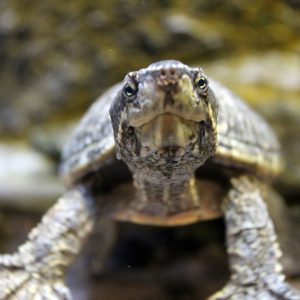
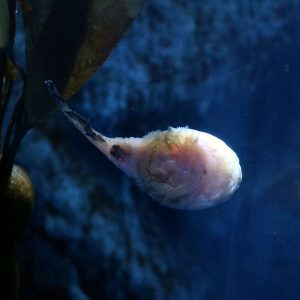
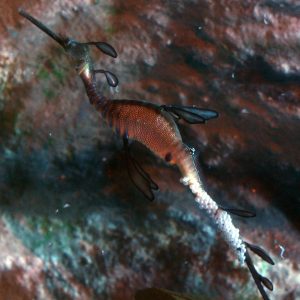
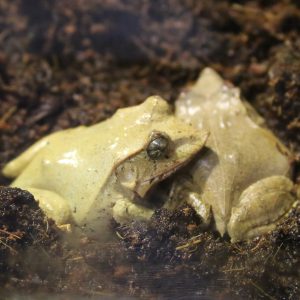
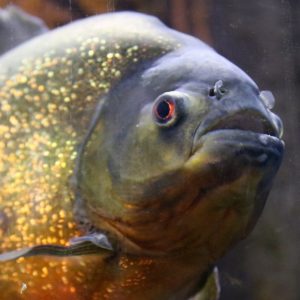
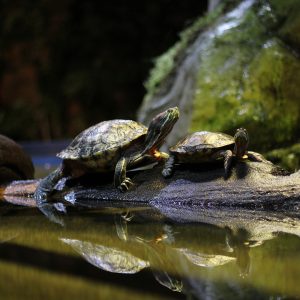

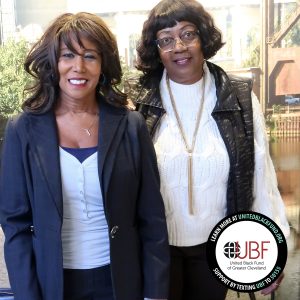

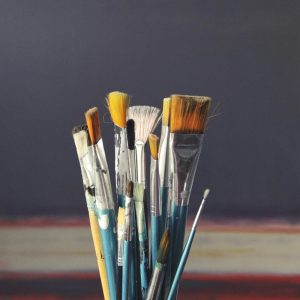

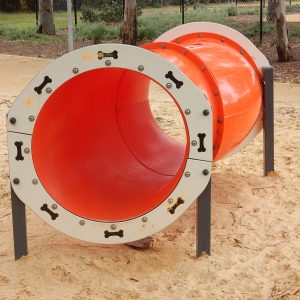
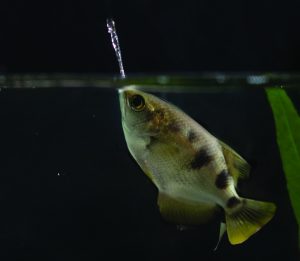
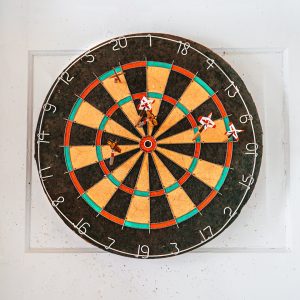

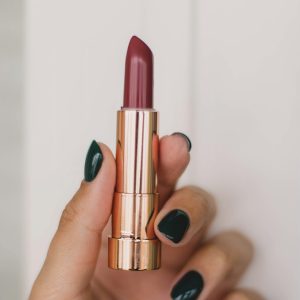
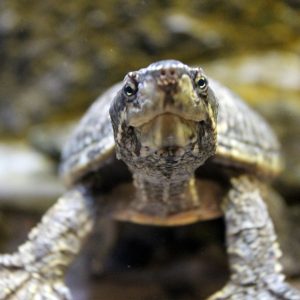
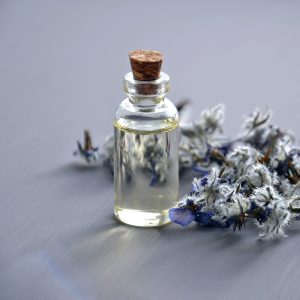

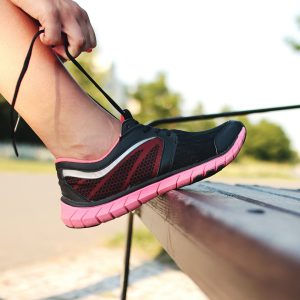
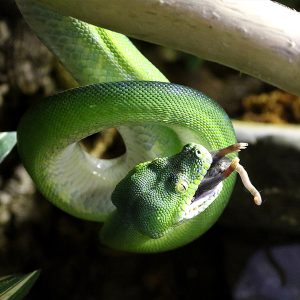
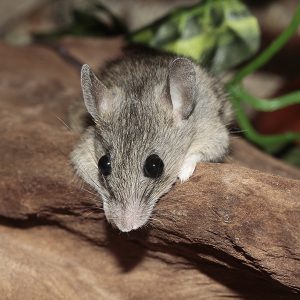
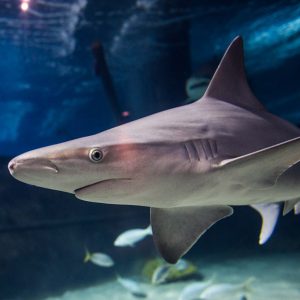
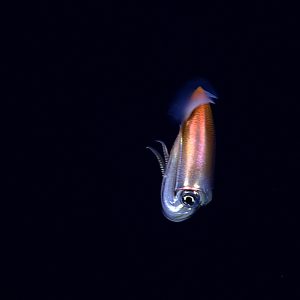
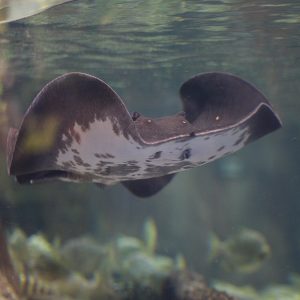
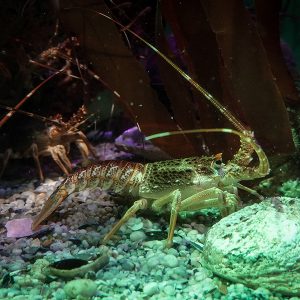
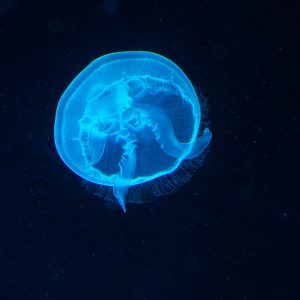
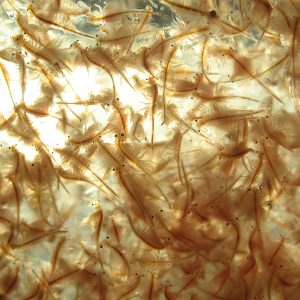
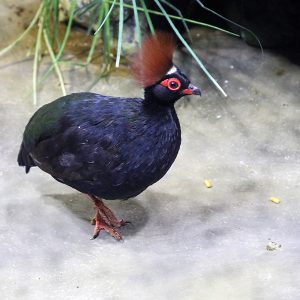
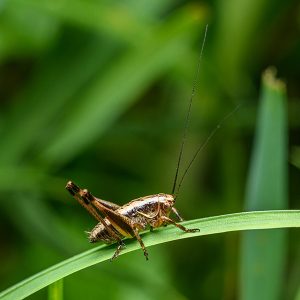
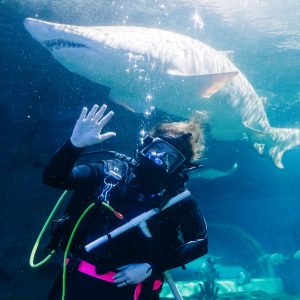 We dive for a variety of reasons. To commune with nature, to unwind, to explore. Our “pale blue dot,” as astrophysicist and author Carl Sagan pointed out, is just a “very small stage in a vast cosmic arena,” but perhaps by diving in we can learn to better appreciate that fragile ecosystem largely invisible to us as we commute between school, work and the grocery store in our busy daily lives.
We dive for a variety of reasons. To commune with nature, to unwind, to explore. Our “pale blue dot,” as astrophysicist and author Carl Sagan pointed out, is just a “very small stage in a vast cosmic arena,” but perhaps by diving in we can learn to better appreciate that fragile ecosystem largely invisible to us as we commute between school, work and the grocery store in our busy daily lives. I was hired at Greater Cleveland Aquarium in November 2011 and with the exception of a COVID-related furlough, I have worked here as an employee ever since. I started off as a Guest Experience Associate—one of the welcoming team members stationed in our galleries to answer any and all inquiries about the animals or the facility. I then transferred to the Education Department as an Associate leading school tours. I was briefly an Education Assistant, which required that I book and schedule all tours, help develop and implement all materials for each grade and group that visits and collecting and processing payments. Eventually I took on the role of Office Assistant, and I have been doing the job ever since.
I was hired at Greater Cleveland Aquarium in November 2011 and with the exception of a COVID-related furlough, I have worked here as an employee ever since. I started off as a Guest Experience Associate—one of the welcoming team members stationed in our galleries to answer any and all inquiries about the animals or the facility. I then transferred to the Education Department as an Associate leading school tours. I was briefly an Education Assistant, which required that I book and schedule all tours, help develop and implement all materials for each grade and group that visits and collecting and processing payments. Eventually I took on the role of Office Assistant, and I have been doing the job ever since. There are so many more, but those are the ones that stand out in my memory. I must say that I look forward to countless more in my next 10 years!
There are so many more, but those are the ones that stand out in my memory. I must say that I look forward to countless more in my next 10 years! Exhibit design has everything to do with the Aquarium’s success, both rearing sea dragons and in terms of the destination’s unique appeal but retrofitting a historic brick powerhouse with an aquarium is not without its challenges, explains Senior Maintenance Technician and Exhibit Diver Mike Gorek, another employee who’s been on board since “before there was water.” “Finding opportunities in the limitations and figuring out how to create viable, one-of-a-kind habitats from scratch the way we have with the giant Pacific octopus arch or the Tropical Forest aviary is a fun and rewarding part of my job,” says Gorek. Guests who have not visited Greater Cleveland Aquarium since it opened will discover that its galleries have been rethemed and only a single exhibit—the red-bellied piranha habitat—has not been reimagined in some way.
Exhibit design has everything to do with the Aquarium’s success, both rearing sea dragons and in terms of the destination’s unique appeal but retrofitting a historic brick powerhouse with an aquarium is not without its challenges, explains Senior Maintenance Technician and Exhibit Diver Mike Gorek, another employee who’s been on board since “before there was water.” “Finding opportunities in the limitations and figuring out how to create viable, one-of-a-kind habitats from scratch the way we have with the giant Pacific octopus arch or the Tropical Forest aviary is a fun and rewarding part of my job,” says Gorek. Guests who have not visited Greater Cleveland Aquarium since it opened will discover that its galleries have been rethemed and only a single exhibit—the red-bellied piranha habitat—has not been reimagined in some way.